Introduction
Moles are just part of being human. Some people love them (hello, beauty marks), while others wish they’d disappear. Most of the time, they’re harmless. But when a mole gets infected, it’s a different story.
Redness, swelling, pain—these aren’t things you want to ignore. An infected mole won’t heal independently, and if you wait too long, it can become a bigger issue. The good news? You don’t need to panic. Knowing what causes mole infections, spotting the warning signs, and treating them correctly can save you a lot of trouble. For expert care, the Best Laser Ablation for Warts, Moles, Milia, and Skin Tags Treatment in Islamabad offers safe, professional solutions.
Dr. Taskeen Iqbal offers expert mole treatment in Islamabad, including safe removal and infection care.
What Is an Infected Mole?
A mole is just a bunch of pigmented skin cells clumped together. Most stay the same for years, causing no issues. But bacteria can sneak in if one gets irritated or injured, leading to an infection.
Unlike cancerous moles, which change due to abnormal cell growth, an infected mole is simply a reaction to bacteria or irritation. The key is knowing the difference—one needs antibiotics, and the other may need a biopsy. If you’re exploring options, understanding the Mole Removal Laser Treatment Cost: What to Expect can help you make an informed decision about next steps.
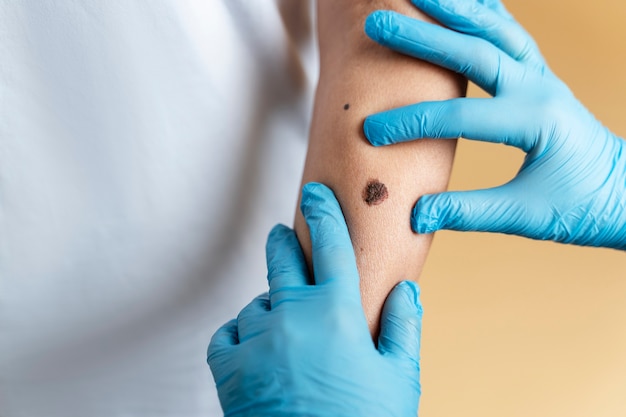
Signs and Symptoms of an Infected Mole
Not every mole that looks different is infected, but some clear signs mean it’s time to pay attention.
Pain or Tenderness
If touching a mole suddenly makes you wince, that’s not normal. Pain is one of the biggest signs of infection.
Redness and Swelling
Healthy moles blend in with your skin. It could be infected if one is red, puffy, or inflamed.
Pus or Discharge
A mole oozing fluid—especially yellow or white pus—is a big red flag. That’s your body’s way of fighting off bacteria.
Bleeding or Crusting
If a mole won’t stop scabbing over or keeps cracking open, it’s not just “dry skin.” It may be infected.
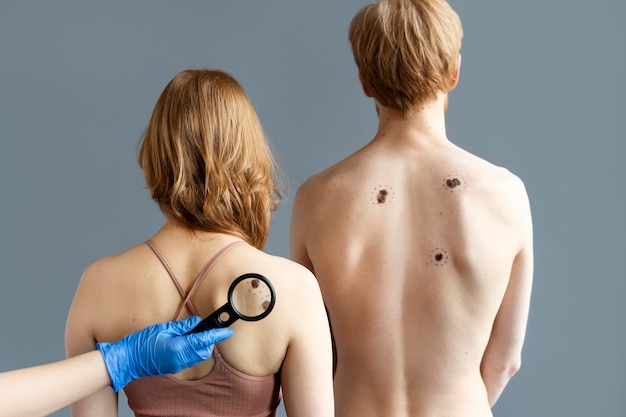
Warmth Around the Mole
Do you feel like your mole is radiating heat? Inflammation from an infection can make the area warmer than the rest of your skin.
Fever or Fatigue
The infection could spread if you’re feeling unwell—like you have chills or a fever. That’s when you need a doctor.
What Causes a Mole to Get Infected?
Moles don’t just decide to get infected out of nowhere. Something usually triggers it.
Bacteria Entering the Skin
A small cut or scratch near a mole is all bacteria need to start causing trouble.
Shaving Over a Mole
Trust me, you don’t want to mess with a razor near a mole. One small nick can turn into a painful, swollen mess.
Friction from Clothing
Moles in high-contact areas, like under your waistband or bra strap, can irritate. The constant rubbing can lead to inflammation or infection.
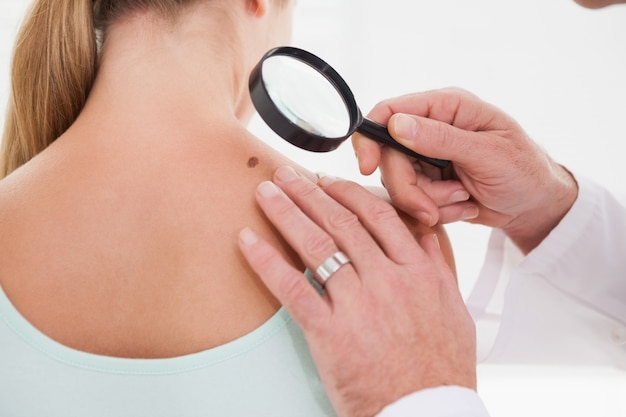
Trying to Remove It at Home
Let’s say this once: Don’t try to cut, burn, or scrape off a mole yourself. It’s not safe, and it’s a guaranteed way to invite an infection.
Excessive Scratching
An itchy mole might not seem like a big deal, but constant scratching can break the skin, letting bacteria in.
Is an Infected Mole Dangerous?
Most of the time, infected moles aren’t life-threatening. But ignoring one won’t make it go away—it’ll probably just worsen.
The biggest risk? The infection can spread deeper into your skin, causing cellulitis. And if bacteria get into your bloodstream, you’re looking at a much more serious problem. If you’re considering safer removal methods, Laser Treatment for Removing Moles: Benefits & Costs can provide you with more details on this option.
Ensuring the mole isn’t changing due to skin cancer is also important. If something feels “off,” it’s best to check it. Dr. Taskeen Iqbal in Islamabad provides expert mole evaluations to ensure you’re treating the right problem.
How to Treat an Infected Mole at Home
Home treatment can work for mild infections if you catch it early.
Clean the Area Gently
Use mild soap and warm water to clean the mole. Don’t scrub—pat it dry afterwards.
Apply an Antiseptic
A little antibiotic ointment goes a long way in fighting bacteria.
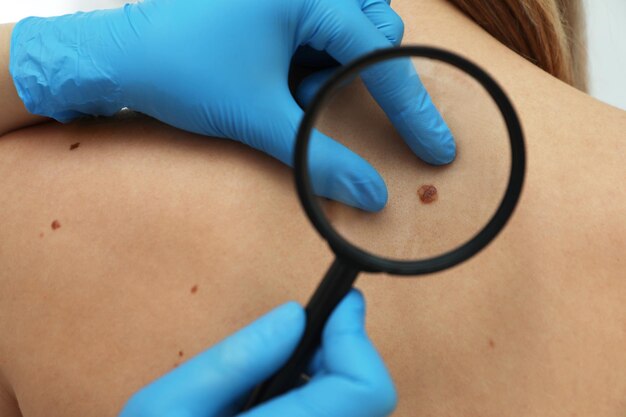
Cover It with a Bandage
This keeps out germs and prevents further irritation.
Use a Warm Compress
A warm, damp cloth can reduce swelling and help draw out pus.
Could you avoid Scratching or Touching It?
The more you mess with it, the worse it’ll get.
Take a Pain Reliever
If the area is sore, an over-the-counter painkiller can help.
When to See a Doctor
If home treatment isn’t working or things are getting worse, don’t wait.
You should see a doctor if:
- The pain and swelling keep getting worse.
- The mole changes in size, shape, or colour.
- Red streaks appear around it.
- You have a fever or chills.
Dr. Taskeen Iqbal in Islamabad provides safe, professional mole treatment, including infection care and removal.
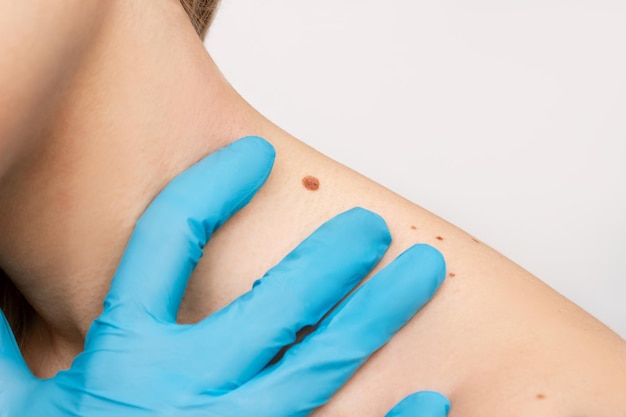
Medical Treatments for an Infected Mole
If the infection needs more than home care, a doctor might recommend:
Antibiotics
Oral or topical antibiotics can stop the infection before it spreads.
Drainage and Cleaning
A doctor may drain moles filled with pus to speed up healing.
Laser Removal
If a mole keeps getting infected, laser removal is a great solution. It’s quick, effective, and prevents future issues. Dr. Taskeen Iqbal specializes in laser mole removal in Islamabad.
How to Prevent Future Infections
Stopping infections before they start is easier than dealing with one later.
- Keep skin clean – Wash regularly, especially if you sweat a lot.
- Avoid shaving over moles – If needed, go around them carefully.
- Wear loose clothing – Reduces friction and irritation.
- Don’t pick at moles – Seriously, leave them alone.
- Never remove a mole at home – Always see a professional.
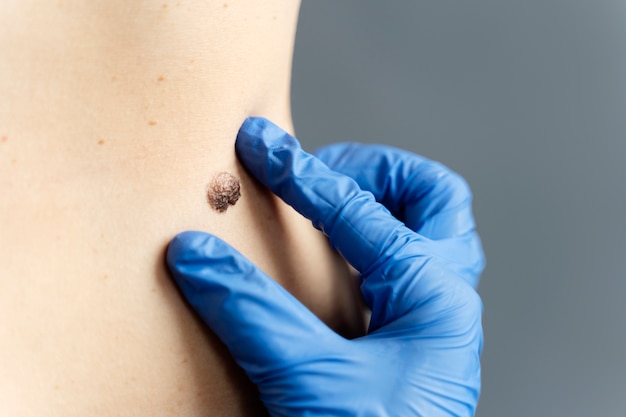
Final Thoughts
An infected mole isn’t something to brush off. Take action if it’s swollen, red, painful, or oozing. The sooner you treat it, the faster it’ll heal.
For expert mole treatment, Dr. Taskeen Iqbal in Islamabad offers safe, professional care, including laser removal for stubborn or infected moles. If you’re worried about a mole, getting it checked is always the best move.
FAQs
How do you treat an infected mole?
Cleaning the area with mild soap, applying antibiotic ointment, and covering it with a bandage can help. Avoid touching or scratching it to prevent further irritation. If the infection worsens, Dr. Taskeen Iqbal in Islamabad offers expert treatment to ensure proper healing.
What happens if my mole removal gets infected?
An infected mole removal site may become red, swollen, or painful and ooze pus. Left untreated, the infection can spread, leading to more serious complications. Dr. Taskeen Iqbal provides safe aftercare and infection management for mole removal.
How to clean infected mole removal?
Wash the area with warm water and mild soap, then pat it dry—don’t rub. Apply an antiseptic or antibiotic ointment to keep bacteria away. For professional aftercare, Dr. Taskeen Iqbal ensures proper healing for mole removals in Islamabad.
What antibiotic is good for mole infection?
Topical antibiotics like Neosporin or oral antibiotics like amoxicillin may be prescribed for bacterial infections. The right treatment depends on the severity of the infection. Dr. Taskeen Iqbal can assess the infection and recommend the best antibiotic for fast recovery.
What antibiotic kills skin infections?
Common antibiotics for skin infections include amoxicillin, clindamycin, and doxycycline. The best option depends on the type and severity of the infection. Dr. Taskeen Iqbal provides expert guidance on the right antibiotics for effective skin infection treatment.
Cleaning the area with mild soap, applying antibiotic ointment, and covering it with a bandage can help. Avoid touching or scratching it to prevent further irritation. If the infection worsens, Dr. Taskeen Iqbal in Islamabad offers expert treatment to ensure proper healing.
An infected mole removal site may become red, swollen, or painful and ooze pus. Left untreated, the infection can spread, leading to more serious complications. Dr. Taskeen Iqbal provides safe aftercare and infection management for mole removal.
Wash the area with warm water and mild soap, then pat it dry—don’t rub. Apply an antiseptic or antibiotic ointment to keep bacteria away. For professional aftercare, Dr. Taskeen Iqbal ensures proper healing for mole removals in Islamabad.
Topical antibiotics like Neosporin or oral antibiotics like amoxicillin may be prescribed for bacterial infections. The right treatment depends on the severity of the infection. Dr. Taskeen Iqbal can assess the infection and recommend the best antibiotic for fast recovery.
Common antibiotics for skin infections include amoxicillin, clindamycin, and doxycycline. The best option depends on the type and severity of the infection. Dr. Taskeen Iqbal provides expert guidance on the right antibiotics for effective skin infection treatment.

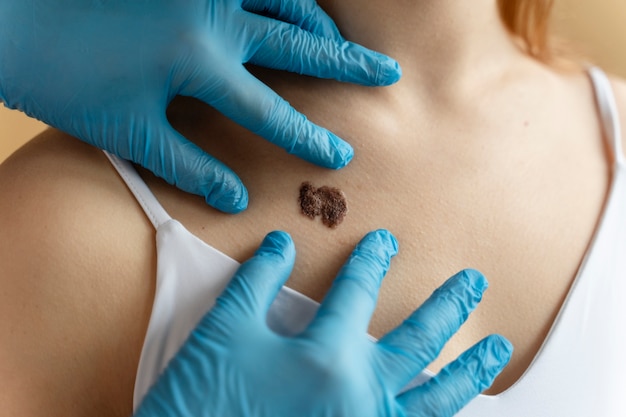
Leave a Reply